#20 April 26, 2019
I recently gave a lecture at the University of San Sebastián in Basque Country, Spain. Then I had an opportunity to visit a sculpture park called Chillida-Leku (meaning “location” in Basque language, “locus” in Latin), created by the sculptor Eduardo Chillida Juantegui in his late years.
I had always been interested in the culture of Basque country. My junior / senior high school was Jesuit and I met a Father Ignacio Olegui, who was from Basque, and he took care of us really well. He spoke amazingly fluent Japanese and used to say that the Japanese language was similar to Basque. In fact, I hear that there are many studies on the resemblance between Basque and Japan, pointing out that both countries pay great respect to nature. There’s also a popular belief that it’s only Basque and Japanese who can cook fish well in the world. As if to prove it, the number of Michelin stars is the highest in Basque on a population basis.
What I found most interesting in Leku was its unique way of exhibition, what Chillida called “gravitation.” When he set up his sketch in a wooden frame, he wouldn’t use glue to fix it. Instead, he used thin threads to hang and hold the work because he didn’t like that gluing might taint the paper – as the curator told us. Chillida was saying that the important element was the shadow between the sheet and the mount, generated because they were not adhered to each other. Other works in Leku included an art of thick pieces of felts in layers, again hung up by the threads with shadow between the two felts. I could feel Chillida’s deep admiration for the paper, a really delicate material. This is actually KKAA’s basic method, which tries to create shadow between things, rather than placing them coplanar. We know that bits of shadow created in the gap could give life to the objects. By learning Chillida’s approach, I once again realized the similarity between the cultures of Basque and Japan.
The other thing I liked was that Chillida strictly stuck to using solid materials. Whether sculptures of metals or stones, none of his artworks had been coated and I could hear their heavy sound by knocking them. His respect and stance on the substance was apparently different form that of Anthony Caro. Sticking to solid materials is also what KKAA consider important. I once showed around Shoji Hayashi to Hiroshige Museum using solid steel pillars and Stone Museum with louvers of pure stone, and he muttered, “Kuma-san is an architect of purity.”
Chillida’s aesthetic was observed through the park, even in the lighting. As I hear, his direction was to illuminate only trees in the park, and not the sculptures. I think it’s because he was trying to balance between the nature and the artificial objects by emphasizing the former a little and treating the latter quietly, so that the sculptures could be blended into the park. I found this idea toward balancing was also inspirational for our work.
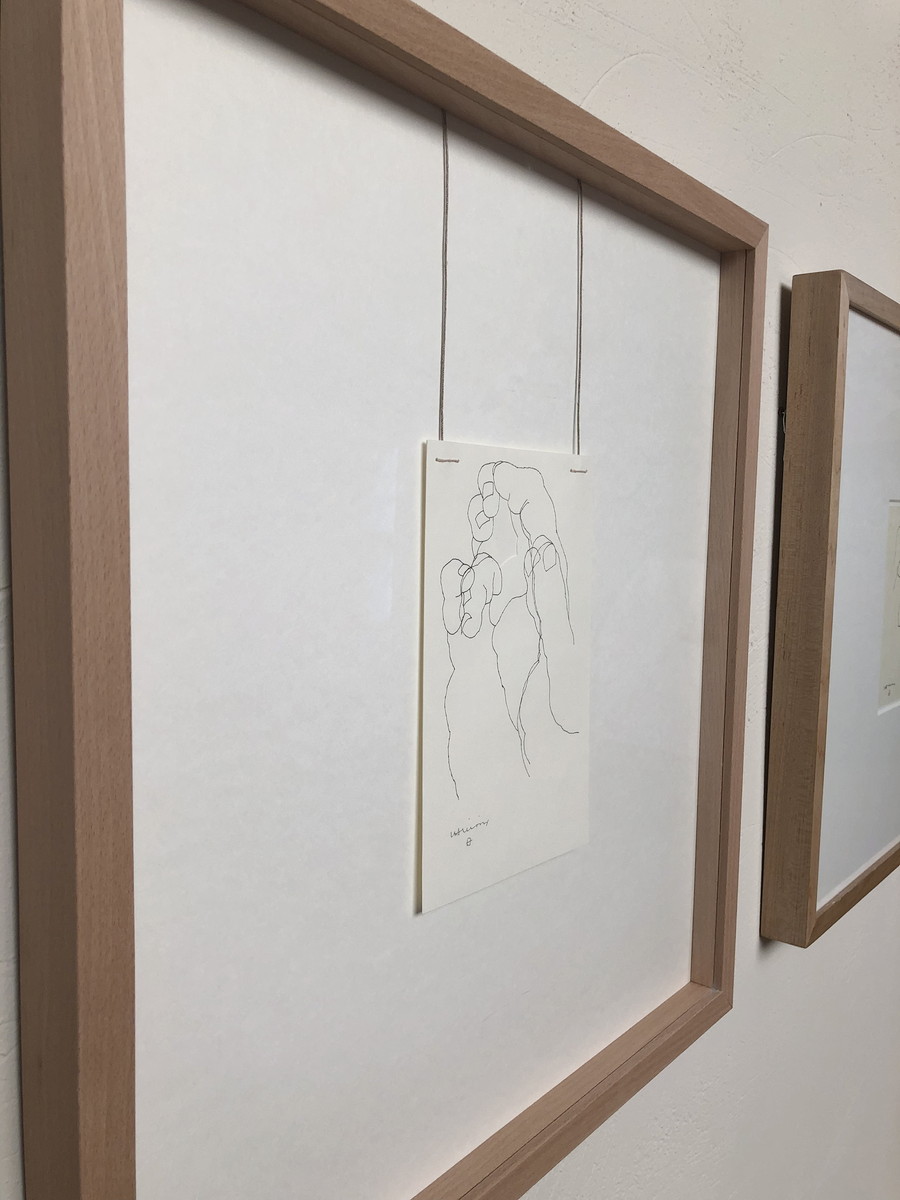 An example of “gravitation”
An example of “gravitation”
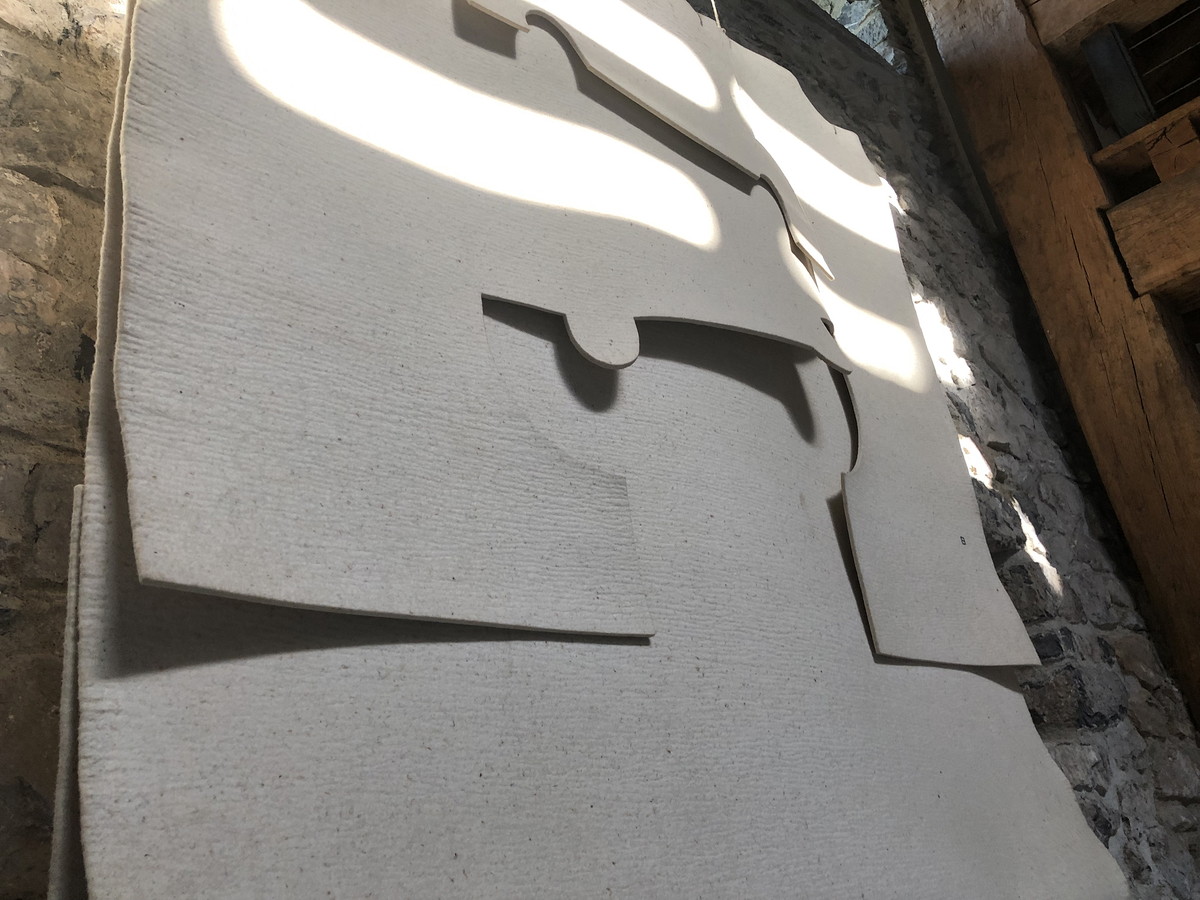 An art of thick pieces of felts in layers
An art of thick pieces of felts in layers
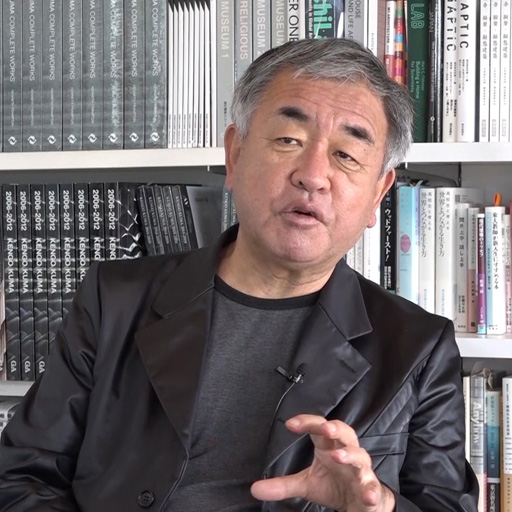
ProjectsJodo Shu Ichigyo-in
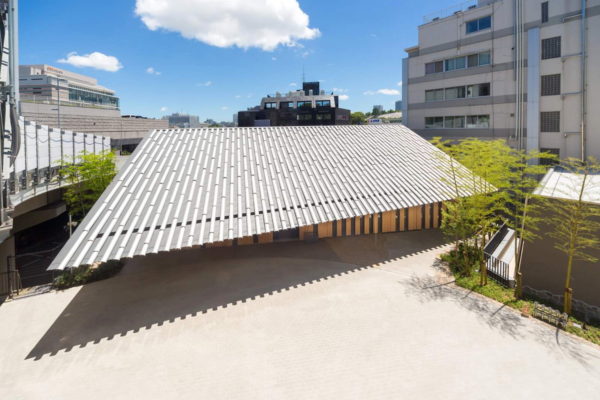 We designed a new Main Hall for Ichigyo-in Temple in Sennichi-dani (meaning “valley” in Japanese), Tokyo. Ichigyo-in belongs to the Jodo sect of Buddhism and its history dates back to the Edo Tokugawa period. Located on a hillside, the new building is most often viewed from above. We therefore decid … Read More
We designed a new Main Hall for Ichigyo-in Temple in Sennichi-dani (meaning “valley” in Japanese), Tokyo. Ichigyo-in belongs to the Jodo sect of Buddhism and its history dates back to the Edo Tokugawa period. Located on a hillside, the new building is most often viewed from above. We therefore decid … Read MoreProjectsWangjing B-15 Project
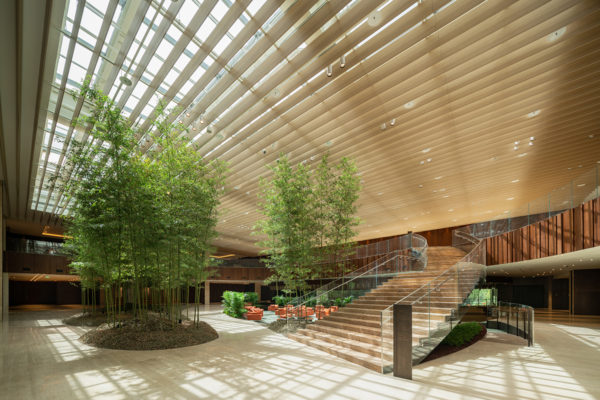 Wangjing is a district near Beijing Airport, for which we were tasked with the development of a new complex. We took a hint from the style of Sanheyuan, a traditional Chinese house with a courtyard open to one side. We arranged the hotel and the office buildings in the shape of C and named the inner … Read More
Wangjing is a district near Beijing Airport, for which we were tasked with the development of a new complex. We took a hint from the style of Sanheyuan, a traditional Chinese house with a courtyard open to one side. We arranged the hotel and the office buildings in the shape of C and named the inner … Read MoreProjectsWe Hotel Toya
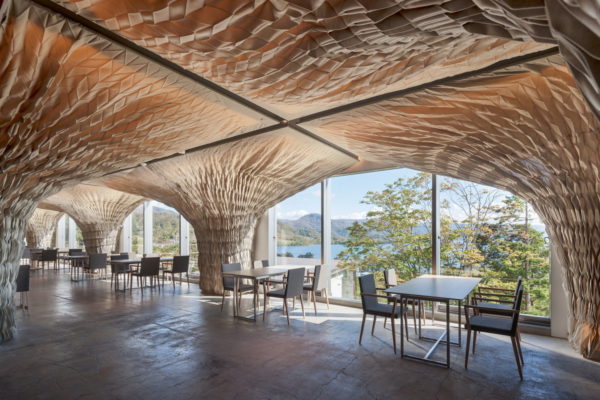 We transformed a nursing home located by the Lake Toya (in Hokkaido, Japan) into a boutique-typed hotel of wood and fabric. Locally produced cedar logs were applied both for the façade and the interior in order to create a space of comfort. We also designed a cave-formed space with pleated cloths in … Read More
We transformed a nursing home located by the Lake Toya (in Hokkaido, Japan) into a boutique-typed hotel of wood and fabric. Locally produced cedar logs were applied both for the façade and the interior in order to create a space of comfort. We also designed a cave-formed space with pleated cloths in … Read MoreNewsKKAA was selected as the designer for the project of “library and cultural complex” in Sanjo City, Niigata Prefecture.
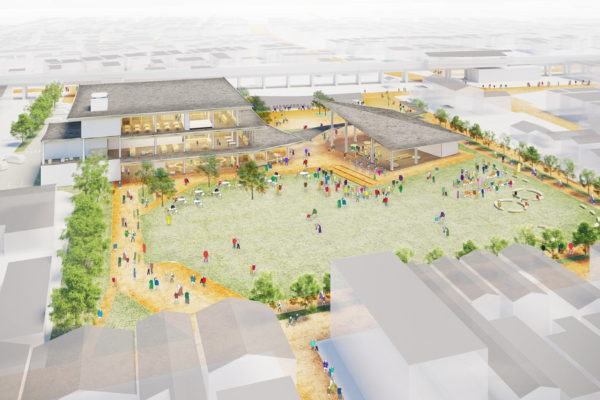 新潟県三条市の「図書館等複合施設」設計者選定プロポーザルにて特定者として選定されました。 事業主|三条市 用途|図書館、鍛冶ミュージアム、理科教育センターの複合施設 約5,030 m2 (予定) 建設予定地|新潟県三条市元町地内 旧三条小学校敷地 約13,070 m2 詳細につきましては下記ウェブサイトをご覧ください。 city.sanjo.niigata.jp ※情報・イメージはプロポーザル提案時のものです。今後の設計において改めて検討を行うものとなります Read More
新潟県三条市の「図書館等複合施設」設計者選定プロポーザルにて特定者として選定されました。 事業主|三条市 用途|図書館、鍛冶ミュージアム、理科教育センターの複合施設 約5,030 m2 (予定) 建設予定地|新潟県三条市元町地内 旧三条小学校敷地 約13,070 m2 詳細につきましては下記ウェブサイトをご覧ください。 city.sanjo.niigata.jp ※情報・イメージはプロポーザル提案時のものです。今後の設計において改めて検討を行うものとなります Read More